
Commercial Building Automation Systems.
We have decades of experience in Building Automation Systems in maintenance design, construction and projects.

Projects
New projects, including upgrades, refurbishments, HVAC control, Access Control, Energy Management, Reporting, Graphics, Remote Support, Open Protocols, Full Password permissions, Software bundles, Operation & Maintenance Manuals.

Fault Finding
Experienced team, capable of fault finding and repairs in field equipment, switchboards, applications, control diversity, program code, integration, communications protocols, OEM equipment, Mechanical Switchboards.
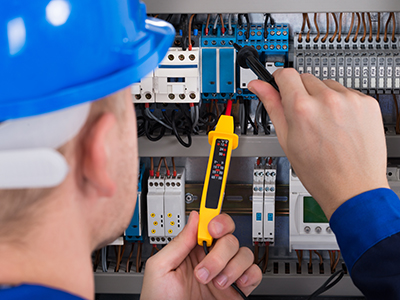
Maintenance
Preventative BAS Maintenance regimes, Comprehensive Maintenance regimes, Corrective Maintenance, Planned and scheduled regimes to suit your budget and system.
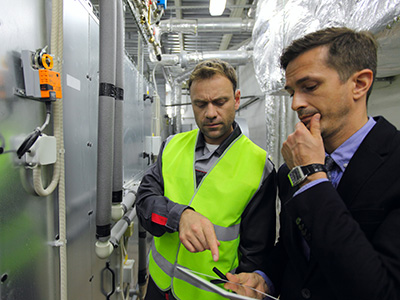
Integration
Bringing all your site’s building systems together for optimal energy and performance. Creating a holistic monitoring and control system for the entire site.
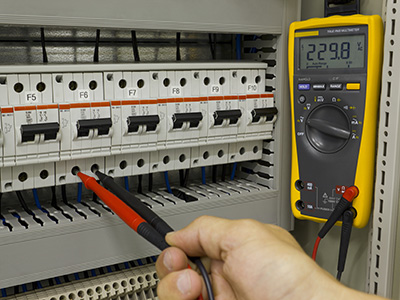
Mechanical Electrical
Build the Mechanical (HVAC) Control Center with the BAS Controllers, interface relays, field equipment, and field wiring in a single order, engineered by ONE person.
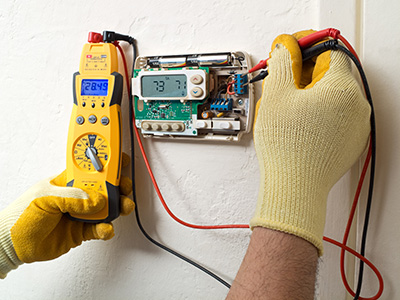
Design & Specifications
We can design and write a specification for your next project, assist with the tender process, oversee the commissioning and final delivery.
Intelligent Building Automation Solutions
Building Automation that is integrated effectively into your site will save you money!
Implement a Global, building-wide, single holistic Building Automation system
with energy management, lighting control, and HVAC System control.
Are you seeking a solution that will increase building assets’ performance and reduce costs, with a prompt return on investment?
Our Building Automation team has the experience and the knowledge to deliver various systems, networks, open platforms, and protocols to suit most situations.
New Installations, Refurbishments, Upgrades, Extending Existing Systems
We can supply, install, commission, Engineer, program, service, repair, and design your Building Automation as required.
Integration Building Automation into existing building, providing
refurbishment, upgrades, and new systems to meet specifications or given tasks.
We are not aligned with any particular brand or protocol; hence, we offer the “best of breed” technology options from various system vendors, both locally and overseas.
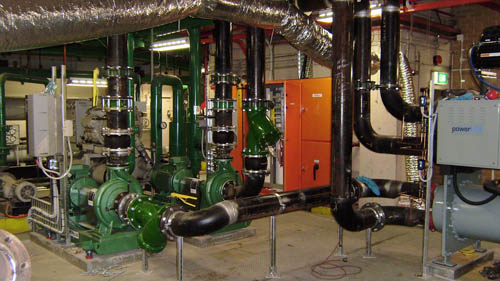
Engineering Building Automation
We can often improve an existing system to offer improved returns to the Landlord.
Consideration is given to engineering of the Automation system for sustainability strategies, data collection for reporting, other system interfacings, Maintenance Management, internet functionality, and overall Facility Management practices. The Goal is to optimize what is currently available at a minimum cost.
We consider strategies such as:
1. to drive the technology to maximize reporting thereby making NABERS and ongoing Auditing easier
2. to maximize monitoring to achieve high visibility into the operation of the facility
3. to maximize the return on investment of capital spent on major plant equipment
4. to be scalable to enrich energy conservation strategies
5. to be expandable to monitor waster, water & energy Meters
6. to function creating and recording data for historical analysis
7. to export data to third party software for further use
8. to be active in the “now” internet applications
this list is not exhaustible, it is up to you!
Building Automation strategies.
Building Automation Strategies and Engineering Design are selected to improve the operations and sustainability of the facility, in consultation with our client’s Consultant or Engineer.
Our services are designed to maximize reporting efficiency for Sustainability and Facility Maintenance Management. This data resource is invaluable for streamlining Audits and Assessments as well as the Day-to-day Operations of the Building. It is the foundation of the B.I.M strategy.
Commercial Building Automation Systems (BAS) have varying degrees of idiosyncrasies, but they all have common programming and hardware features. This means field hardware can often be sourced from alternate suppliers that work equally as well as the O.E.M device. Some of these common programming features are inbuilt, with energy management strategies that are rarely activated (optimization for example) and are there waiting to be optimized.
Depth of Building Integration
Any Automation System will only ever be as good as it’s “depth of Integration” into the facility. The system may have all the features and capabilities of the recent “state of the art” technology. But, if the system is superficial by engineering design, it will only provide superficial results.
The more you connect and integrate technology into the building’s various systems, the more information you can gather, and the more visibility the Building Manager has.
If you are not Optimizing every technical opportunity, you are falling behind your peers. When the Building or Facility Manager can see more, then the decisions to make changes are based upon evidence instead of a “hope” strategy

Maintenance and Repairs
The Building Automation Technicians who attend your building are fundamental to delivering the promised results and meeting the expectations of clientele.
We understand the need for quality service personnel, tools, and transport. We and vet and train our people diligently with a view for a long term relationship with our crew.
We offer maintenance and repair services for our clientele, which includes features such as:
– Preventative Maintenance Service Level Agreements
– Reliable Technical Support
– Variable Speed Drives upgrades and Installations
– Sensors, Valves, Transducers, Controllers, Relays
– Field Equipment and Their Peripheral devices
– Control Panels and sub-distribution boards
– Switchboard Integration and installation with the Board
– Emergency 24 / 7 Callout
– Critical Environment BMS control and Monitoring
– Upgrades and refurbishments
– Seamless System Change over
Installation, Projects, Upgrades, Refurbishment
BMS Communications protocols we provide for include:
– Niagara AX
– Lon Works
– Bacnet
– Modbus
– some proprietary communications.
Our Building Management Systems (BMS) are designed and Engineered to suit your site requirements or to your specifications; We offer the Niagara AX Open Platform with network “backbones” in Open Protocols such as Lon works, BACnet, Modbus, and some O.E.M proprietary systems.
Our Building Automation Team has experience with various vendors including Siemens, Honeywell, tac, Delta, Reliable, Distech, Alerton, and More. We provide full passwords to the owner at the end of the warranty/DLP and follow up with fine-tuning and environmental objectives during warranty periods.

